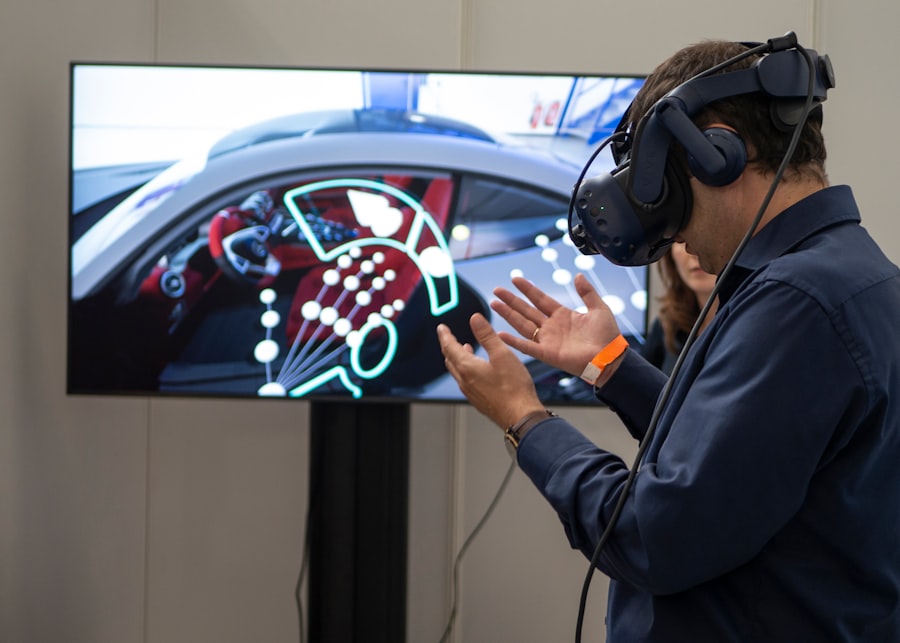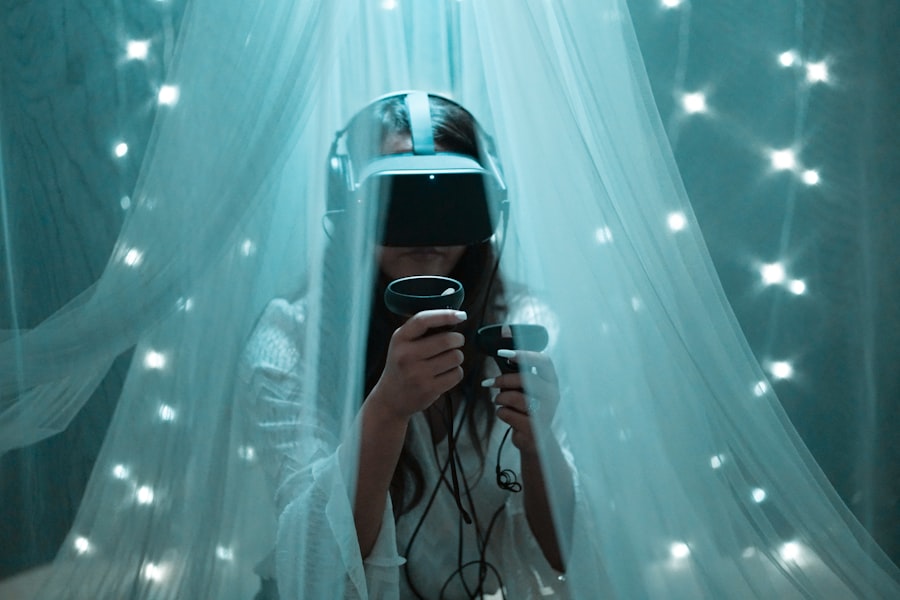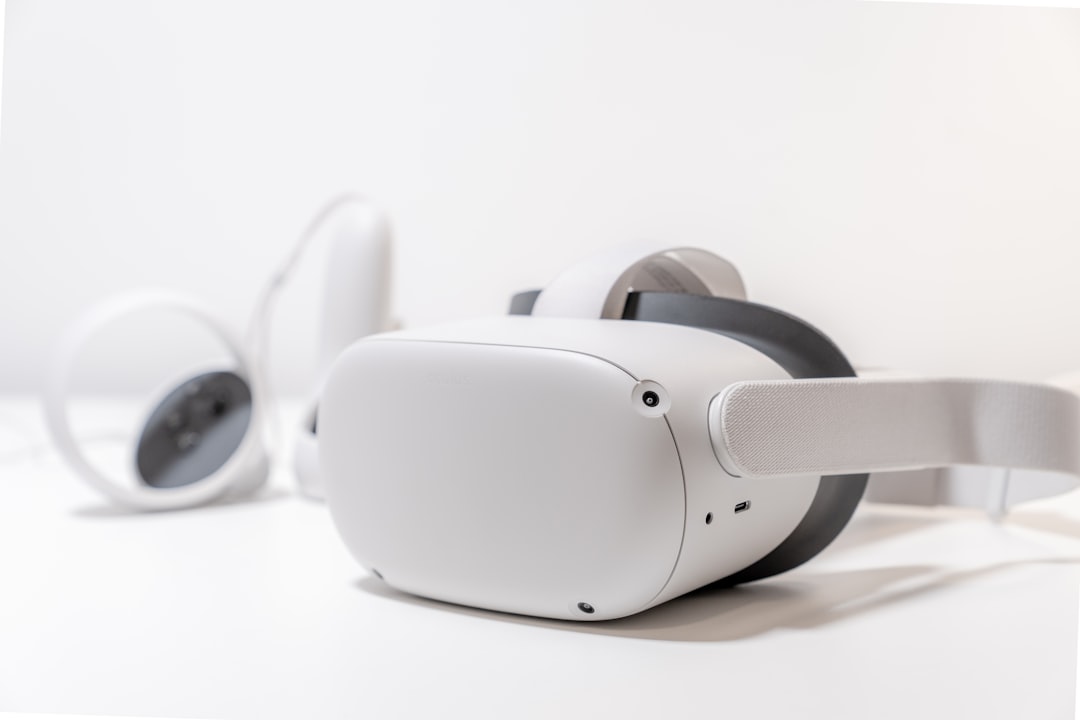Second Life, launched in 2003 by Linden Lab, is a pioneering virtual world that allows users to create, explore, and interact in a 3D environment. Unlike traditional video games, Second Life is not bound by a linear narrative or specific objectives; instead, it offers a sandbox experience where users can shape their own destinies. The platform has attracted millions of users from around the globe, each bringing their unique creativity and aspirations to this expansive digital landscape.
With its rich tapestry of user-generated content, Second Life serves as a canvas for artistic expression, social interaction, and economic activity. The allure of Second Life lies in its ability to transcend geographical boundaries, enabling individuals to connect with others regardless of their physical location.
The platform’s immersive nature fosters a sense of presence and community that is often lacking in other online environments. As technology continues to evolve, Second Life remains a testament to the potential of virtual worlds, offering a glimpse into the future of social interaction and digital experiences.
Key Takeaways
- Second Life 18 is a virtual world where users can create avatars and interact with others in a variety of activities and events.
- Creating an avatar and virtual identity is an important step in personalizing your experience in Second Life 18.
- Navigating the virtual world involves using controls to move your avatar and interact with the environment and other users.
- Participating in virtual events and activities allows users to engage in a wide range of experiences, from concerts to virtual sports.
- Building and designing your virtual space gives you the opportunity to express your creativity and personalize your environment in Second Life 18.
Creating Your Avatar and Virtual Identity
Introduction to Avatars in Second Life
Creating an avatar in Second Life is one of the first steps users take when entering this vibrant virtual world. The avatar serves as a digital representation of the user, allowing them to express their individuality and creativity. The customization options are extensive; users can choose from a wide array of physical attributes, clothing styles, and accessories.
Personalization and Identity
This level of personalization enables individuals to craft an identity that resonates with their real-world persona or allows them to explore entirely new facets of themselves. Beyond mere aesthetics, the avatar embodies the user’s presence within the Second Life community. As users navigate the virtual landscape, their avatars interact with others, participate in events, and engage in various activities.
Social Interactions and Perception
The choices made during the avatar creation process can influence how others perceive and interact with them. For instance, an avatar dressed in formal attire may be treated differently than one clad in casual wear. This dynamic adds an intriguing layer to social interactions within the platform, as users can experiment with different identities and personas.
Exploring New Facets of Oneself
The ability to create and customize an avatar in Second Life offers users a unique opportunity for self-expression and exploration. By trying out different avatars and personas, users can gain insight into their own preferences and interests, and develop a deeper understanding of themselves and their place within the virtual community.

Once users have created their avatars, they are ready to explore the vast expanse of Second Life. The virtual world is divided into numerous regions, each offering unique environments and experiences. From bustling urban centers filled with shops and entertainment venues to serene natural landscapes perfect for relaxation, there is something for everyone.
Users can teleport between locations, making it easy to discover new areas and meet other avatars along the way. Navigating Second Life requires a blend of technical skills and social awareness. Users must familiarize themselves with the controls that govern movement, communication, and interaction with objects in the environment.
Additionally, understanding the social norms and etiquette within various communities is crucial for fostering positive interactions. For example, some regions may have specific rules regarding behavior or dress codes that users should adhere to in order to be welcomed into the community. As users become more adept at navigating this complex world, they will find themselves increasingly immersed in its diverse offerings.
Participating in Virtual Events and Activities
| Virtual Event/Activity | Number of Participants | Duration | Engagement Level |
|---|---|---|---|
| Webinar | 200 | 1 hour | High |
| Online Workshop | 50 | 2 hours | Medium |
| Virtual Conference | 500 | 2 days | High |
Second Life is renowned for its vibrant calendar of events and activities that cater to a wide range of interests. Users can attend live music performances featuring both established artists and emerging talents, participate in art exhibitions showcasing digital creations, or join workshops that teach various skills such as scripting or building. These events not only provide entertainment but also serve as opportunities for networking and collaboration among users.
The interactive nature of these events enhances the experience significantly. For instance, during a live concert, avatars can dance together, chat with one another, and even interact with the performers through text or voice communication. This level of engagement creates a sense of community that is often missing from traditional online experiences.
Additionally, many events are organized by users themselves, showcasing the entrepreneurial spirit that thrives within Second Life. By participating in these activities, users can forge connections with like-minded individuals while enjoying the rich cultural offerings of the platform.
Building and Designing Your Virtual Space
One of the most compelling aspects of Second Life is the ability for users to create their own virtual spaces. Whether it’s a cozy home, an elaborate business establishment, or an artistic installation, the building tools provided by Linden Lab empower users to bring their visions to life. The process involves using a variety of building blocks and textures to construct structures that reflect personal style and purpose.
Designing a virtual space goes beyond mere construction; it also involves thoughtful consideration of aesthetics and functionality. Users must think about how their space will be used and how it will be perceived by others. For example, a well-designed gallery space can enhance the viewing experience for visitors, while a cluttered or poorly organized area may detract from it.
Additionally, many users choose to collaborate on projects, pooling their skills and resources to create larger installations or themed environments that attract visitors from across Second Life.
Socializing and Networking with Other Avatars

Social interaction is at the heart of Second Life’s appeal. The platform provides numerous avenues for users to connect with others, whether through casual conversations in public spaces or more structured networking events aimed at professionals. Avatars can engage in text or voice chat, allowing for real-time communication that mimics face-to-face interactions.
This immediacy fosters relationships that can extend beyond the virtual realm. Networking within Second Life can be particularly beneficial for entrepreneurs and creatives looking to promote their work or collaborate on projects. Many users have successfully launched businesses or artistic endeavors by leveraging connections made within the platform.
For instance, an artist may meet a musician at an event who then collaborates on a multimedia project that showcases both their talents. These organic connections highlight the potential for growth and opportunity within this virtual ecosystem.
Exploring the Economy and Marketplace in Second Life
Second Life features a robust economy driven by user-generated content and transactions. The platform operates on its own currency known as Linden Dollars (L$), which can be exchanged for real-world currency through various means. This economic model has led to the emergence of a thriving marketplace where users can buy and sell virtual goods ranging from clothing and accessories to land and services.
The marketplace is not just a place for transactions; it also reflects the creativity and entrepreneurial spirit of its users. Many individuals have turned their passions into profitable ventures by creating unique items or experiences that cater to specific niches within the community. For example, fashion designers may create exclusive clothing lines for avatars, while builders might offer custom-designed homes or commercial spaces for rent or sale.
This dynamic economy encourages innovation and competition while providing users with opportunities to monetize their skills.
Embracing the Virtual Adventure in Second Life
Second Life represents more than just a virtual world; it embodies a unique blend of creativity, community, and commerce that continues to evolve over time. As users navigate this expansive landscape—creating avatars, participating in events, building spaces, socializing with others, and engaging in economic activities—they embark on an adventure limited only by their imagination. The platform’s enduring appeal lies in its ability to foster connections among individuals from diverse backgrounds while providing a space for self-expression and exploration.
As technology advances and new features are introduced, Second Life remains at the forefront of virtual experiences. It challenges conventional notions of identity and interaction while offering a glimpse into what the future may hold for social engagement in digital spaces. For those willing to embrace this virtual adventure, Second Life offers endless possibilities for creativity, connection, and discovery within its ever-expanding universe.
If you are interested in exploring more resources and further reading on online communities, I recommend checking out this article on Metaversum. It delves into the various aspects of virtual worlds like Second Life and the impact they have on online communities. Additionally, for insights into the challenges and opportunities within the regulatory landscape of virtual worlds, you can read this article. It provides valuable information on how regulations shape the virtual world experience.
FAQs
What is Second Life 18?
Second Life 18 is a virtual world and online game that allows users to create and customize their own avatars, interact with other users, and participate in various activities and events.
When was Second Life 18 launched?
Second Life 18 was launched in 2003 by Linden Lab.
What can users do in Second Life 18?
Users can explore virtual environments, socialize with other users, participate in virtual events and activities, create and sell virtual goods, and even attend virtual classes and workshops.
Is Second Life 18 free to play?
Second Life 18 offers a free basic membership, but users can also choose to upgrade to a premium membership for additional benefits and features.
What are some of the virtual activities available in Second Life 18?
Users can engage in activities such as virtual shopping, attending live music events, exploring virtual art galleries, participating in role-playing games, and even creating and hosting their own virtual events.
Can users make real money in Second Life 18?
Yes, users can create and sell virtual goods, services, and experiences within Second Life 18, and can convert the in-game currency (Linden Dollars) to real-world currency.
Is Second Life 18 suitable for all ages?
Second Life 18 is intended for users aged 18 and older, and it is recommended that parents supervise and guide their children’s use of the platform.

Leave a Reply